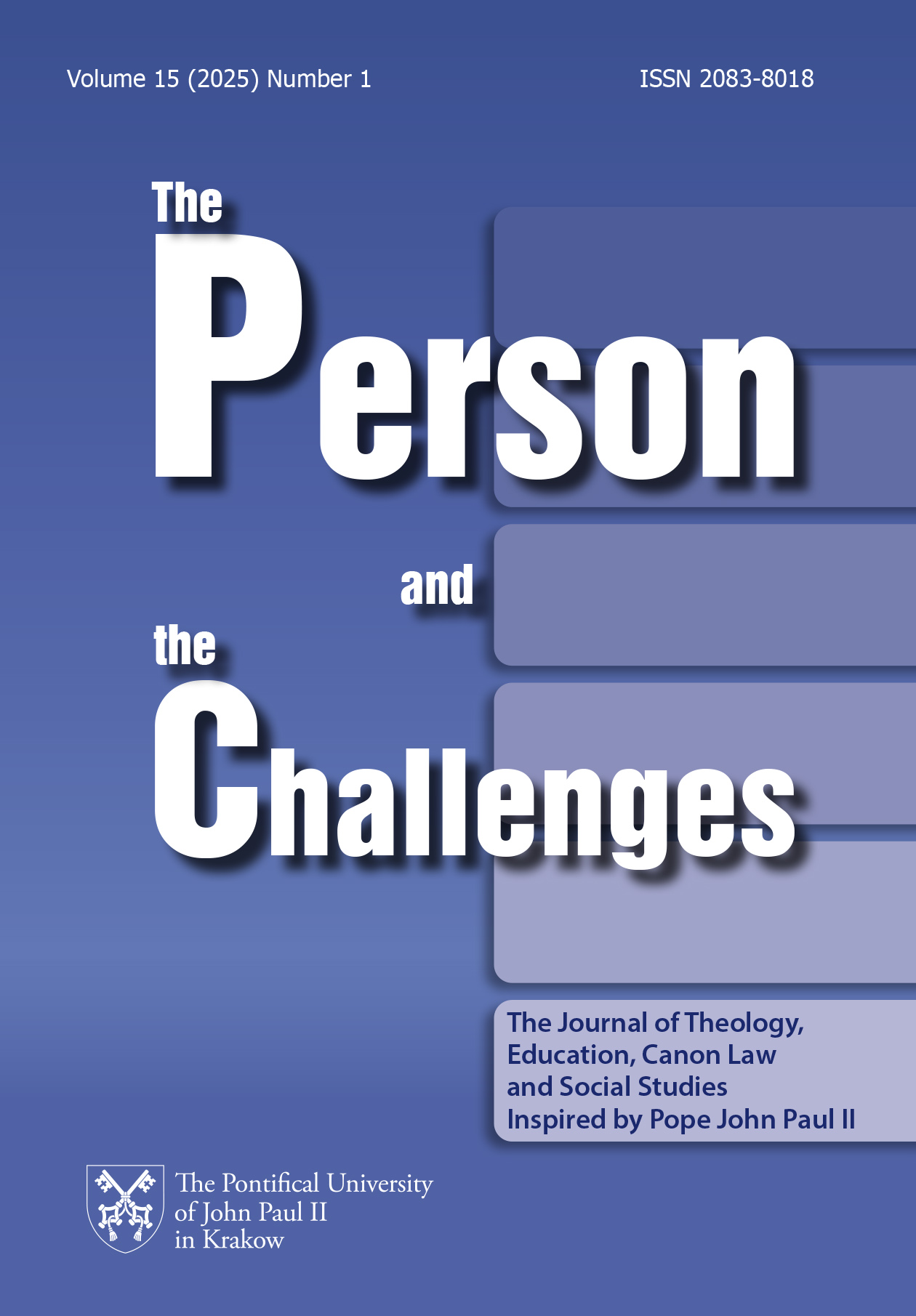Role of demographic factors in the formation of grandareting styles
DOI:
https://doi.org/10.15633/pch.15110Keywords:
Grandparents, grandchildren, parenting style, demographic factorsAbstract
As population ageing is a global trend of our time, the relationships we form with older people are becoming increasingly important. The relationship between grandparents, adult children and grandchildren plays an important role. The definition of grandparenthood can also include activities with grandchildren, emotional attachment, and the quality of the relationship between grandchildren and grandparents. In this paper, we have focused on the relationship between grandparents and grandchildren, with special attention to the influence of demographic factors on the formation of grandparenting styles. At the same time, we researched the following grandparenting styles that are most frequently mentioned in the literature: formal, fun-seeker, surrogate parent, reservoir of family wisdom and distant figure. We found in our study that there are significant differences in individual grandparenting styles in relation to gender, age and marital status, while no major differences were detected in terms of education and place of residence.
References
Brunello G., Rocco, L. Is children bad for the mental health of grandparents? Evidence from share, “Review of the Economics of the Household” 190 (2016), pp. 67–74.
Cherlin A. J., Furstenberg, F. F., The new american grandparent. A place in the family, a life apart, London 1992, Harvard University Press.
Dunifon, R., Bajracharya A., The role of grandparents in the lives of youth, “Journal of Family Issues” 33 (2012) 9, pp. 1168–1194.
Gürtler H. Otroci imajo radi stare starše: priročnik za življenje z vnuki, Celje 2013, Celjska Mohorjeva družba.
Kivett V. R., The grandparent. Grandchild connection, “Marriage & Family Review” 16 (1991) 3/4, pp. 267–290.
Krasnova O. V., Grandmothers in the family, “Russian Social Science Review” 43 (2002) 5, pp. 76–91.
Mlakar T., Stari starši v življenju vnukov, “Kakovostna starost” 18 (2015) 2, pp. 3–21.
Moore S., Rosenthal D., Grandparenting. Contemporary perspectives, New York 2017, Routledge.
Neugarten B. L., Weinstein K. K., The changing American grandparent, “Journal of Marriage and Family” 26 (1964) 2, pp. 199–204.
Robertson J. F., Grandmotherhood. A study of role conceptions, “Journal of Marriage and Family” 39 (1977) 4, pp. 165–174.
Simonič B., Osewska E., Emotional Expirience and Consequences of Growing Up in a family with Alocoholism in Adult Children of Alchoholics, “The Person and the Challenges“, 13 (2023) 1, pp. 63–81.
Stala J., Parents catechesis: for children, family or for adults?, “The Person and the Challenges” 13 (2023) 1, pp. 37–51.
Sprey J., Matthews, S. H., Contemporary grandparenthood. A systemic transition, “The Annals of the American Academy of Political and Social Science” 464 (1982) 1, pp. 91–103.
Timonen V., Arber S., A new look at grandparenting, in: S. Arber, V. Timonen. (eds.), Contemporary grandparenting. Changing family relationships in global contexts, Chicago 2012, The University of Chicago Press, pp. 1–24.
Uhlenberg P., Cheuk M., The significance of grandparents to grandchildren. An international perspective, in: D. Dannefer, C. Phillipson, (eds.), The SAGE handbook of social gerontology, London 2013, SAGE Publications Ltd, pp. 447–458.
Yang F., Liu X., Grandparenting styles, childhood food insecurity, and depression among Chinese rural left-behind children. A structural equation model, “Children and Youth Services Review” 13 (2020) 3, pp. 119–123.
Wetzel M., Hank K., Grandparents’ relationship to grandchildren in the transition to adulthood, “Journal of Family Issues” 41 (2020) 10, pp. 1885–1904.
Žorž B., Stari starši in njihovo vzgojno poslanstvo. Celje 2015, Celjska Mohorjeva družba.
Downloads
Published
Issue
Section
License
Copyright (c) 2025 Jernej Kovač, Saška Kurnik

This work is licensed under a Creative Commons Attribution 4.0 International License.
Authors who publish with this journal agree to the following terms:
- Authors retain the copyright and full publishing rights without restrictions, and grant the journal right of first publication with the work simultaneously licensed under a Creative Commons Attribution 4.0 International License that allows others to share the work with an acknowledgement of the work's authorship and initial publication in this journal.
- Authors are able to enter into separate, additional contractual arrangements for the non-exclusive distribution of the journal's published version of the work (e.g., post it to an institutional repository or publish it in a book), with an acknowledgement of its initial publication in this journal.
- Authors are permitted and encouraged to post their work online (e.g., in institutional repositories or on their website) prior to and during the submission process, as it can lead to productive exchanges, as well as earlier and greater citation of published work (See The Effect of Open Access).

